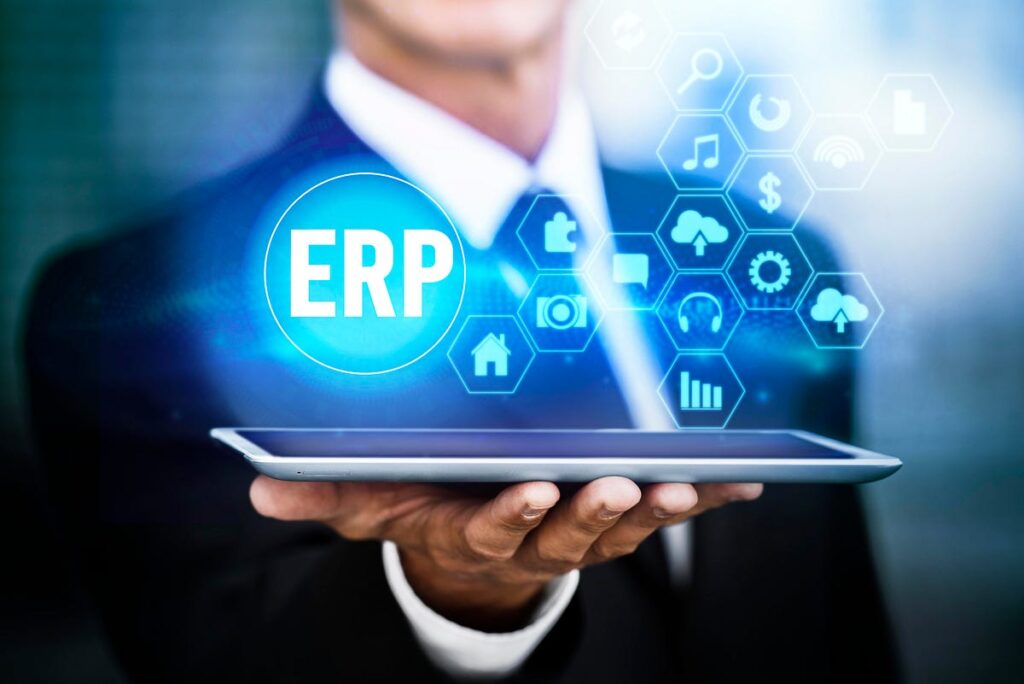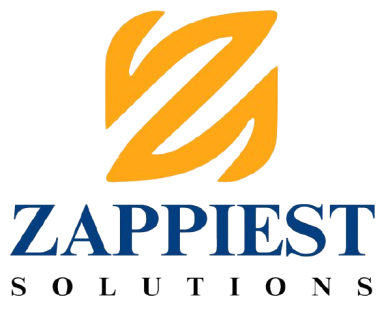
Schools using ERP (Enterprise Resource Planning) systems to streamline processes, promote communication and facilitate efficiency are becoming prevalent in educational places of the world, providing no relief for the fast-paced current educational environment. From a school administration perspective, ERP of school solutions put all functions of school admin, academics, finance, HR, etc. All under one roof, and allow seamless data sharing and better forecasting. But that’s not enough; just adopting ERP is not the end of your work. For those best practices for squeezing every drop out of this new tool, schools need to implement it (its huge potential) strategically.
The benefits of ERP in school in Education Industry Explained
An ERP system in a school is not just software this is the backbone of digital transformation. ERP systems manage student admissions, attendance management, staff payroll, academic reporting pretty much everything that doesn’t need manual data entry and is prone to human error. When correctly utilized, ERP gives administrators, teachers, students, and parents access to information in real-time, making it more transparent and accountable for everyone concerned.
How to Choose the Best ERP for Your School
Each organization has their specific requirements, so being able to opt for the best ERP platform is very important. Schools need to look at ease of use, scalability, integration with existing tools, mobile access and support services. The ERP solution should also maintain compliance with the data privacy laws and mention support for local education regulation in your region. A uniform solution can rarely help a semantic issue so the customization options matter.
Training staff and developing a digital culture
An ERP system is only as effective as its users. One major factor is to make sure that adequate training is essential for staff to be able to use the system efficiently and confidently. In addition to training schools must develop a digital culture where teachers embrace technology and innovation. The adoption becomes natural, and productivity rises when teachers and staff are supported and believe the system works.
Smooth Implementation and Integration
Things must be broken down in phases to implement ERP successfully. In order to approach this work in the best way, schools need to begin with a clear plan that outlines who is responsible for what and with what timeline. Data ensures integration with other digital tools (learning management systems (LMS), financial software, or communication platform) to prevent data silos. Performing regular audits of the business system along with feedback loops will also identify issues early and enhance long-term performance.
How to Collect & Use Data to Make Better Decisions
Real-time, accurate data access is one of the biggest advantages of the ERP systems. School leaders are able to track metrics on academic performance, financial health, student behavior and resource allocation all from a single dashboard. These predictions help to make data-driven decisions to enhance better student learning, use resources judiciously, and enable better school management strategies.
Maintaining Security and Compliance at the Forefront
Never compromise on data security. From day one, the ERP strategy should include regular updates, role-based access control, encrypted communication, and adherence to regional data protection regulations.
The Next Steps: Get to Work—and Repeat
ERP is not a one-off, but a long-term investment in operational excellence. Therefore, schools need to be vigilant by monitoring the system performance continuously, receive weekly or monthly feedback from users and work on newer features or modules as and when they are available. If approached correctly, the ERP can be as flexible as the institution and can continue to provide value for an extended time period.
Conclusion
Efficiency in schools with ERP is not just about technology it is about the vision, strategy, and execution. The right system, trained staff, smooth integration, and data can be the tools that transform school operations. By doing so, they liberate time and resources, so that educators can spend their time on what matters – shaping the minds of the future.
FAQs
What is ERP System and How it is Useful for Schools?
With an integrated solution like an ERP system (Enterprise Resource Planning), all the operations of the school are organized through one platform in a more efficient manner, whether it is academics, administration, finance or communication.
Can you really use ERP at small or mid-size schools?
Yes, ERP systems can be modified to fit schools of any size with modules tailored to the specific needs if the budget allows.
How long does a school need to implement an ERP system?
Implementation time varies, but generally it is between a few weeks and a few months depending on the size of the school, its readiness and the complexity of requirements.
Do ERP systems cover integration with existing tools like LMS or accounting software?
Modern ERP platforms are often designed to integrate seamlessly with learning management systems, finance software, and other digital tools to streamline operations.
How secure is the data in a school ERP system?
Well-established ERP systems are designed with stringent data security measures, such as encryption, access permissions, and compliance with regional data protection laws to help keep valuable data safe.
